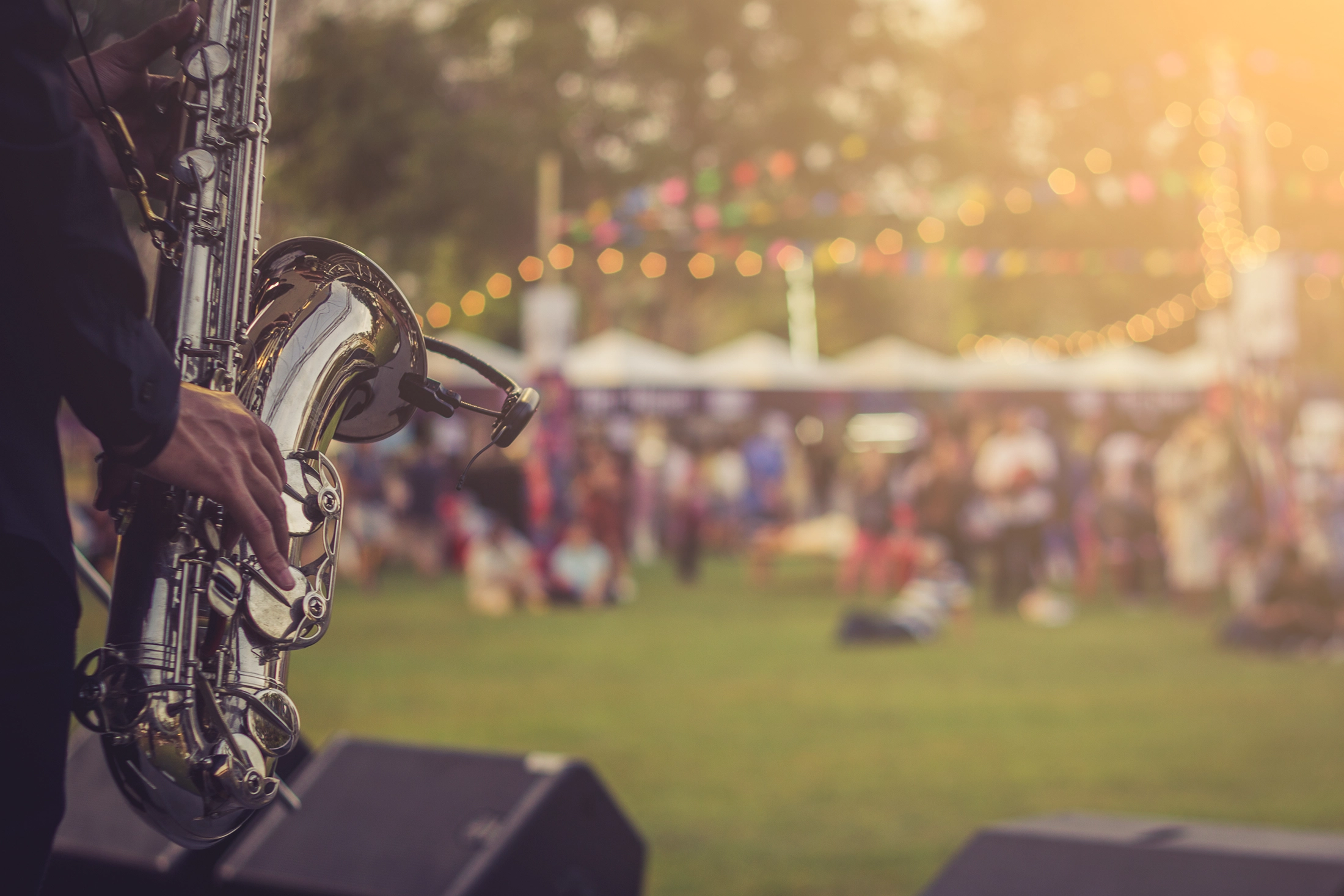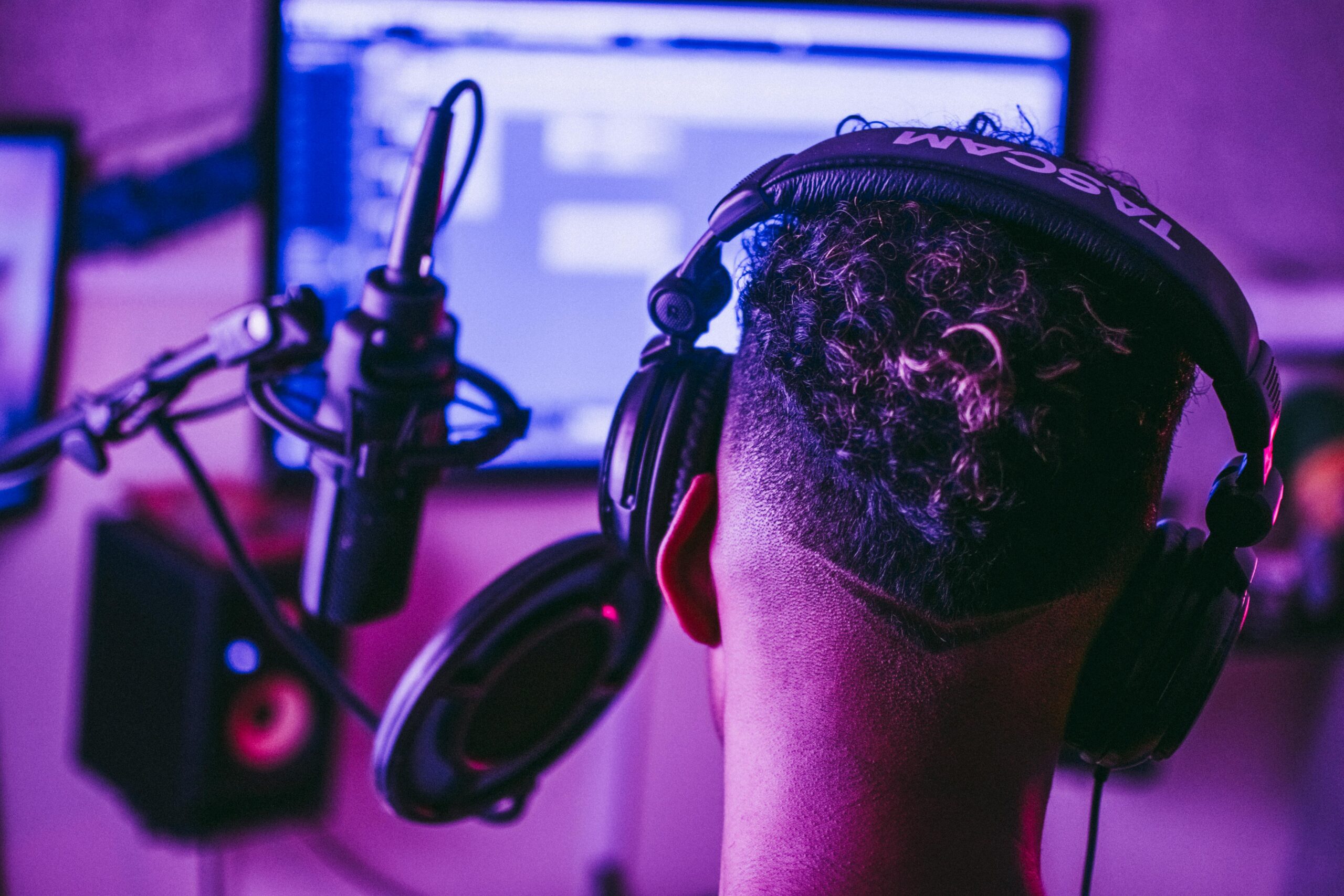
LIVE SOUND VENUE
What It’s Like to Train in a Real Live Sound Venue at an Audio Recording School
There’s nothing like the energy of live sound — the lights, the crowd, the rush of getting every mic, monitor, and mix just right in the moment.
No retakes. No “we’ll fix it later.” Just you, the gear, and the pressure to make it sound amazing.
That’s why the best audio recording schools don’t just teach live sound in a classroom — they give you access to a dedicated live sound venue, where you can train like a pro and learn what it’s really like to work at shows, concerts, and events.
Here’s what to expect from a live sound training venue — and how it prepares you for a career in one of the most fast-paced, exciting parts of the audio world.
What Is a Live Sound Venue?
At an audio recording school, a live sound venue is a real performance space — like a club, stage, or concert-style setup — designed specifically for hands-on student training.
You’ll work with the same kind of gear and setups used at live shows, including:
- Mixing consoles (digital and analog)
- Line arrays and PA systems
- Stage monitors and IEMs (in-ear monitors)
- Microphones, stands, DI boxes, and wireless systems
- Lighting and staging elements (depending on the program)
This isn’t a simulation — it’s the kind of environment where shows actually happen, and you’ll be the one making them sound great.
What You’ll Learn in the Live Sound Venue
Training in a live sound venue gives you a full-on crash course in how to run audio at live events. You’ll get real-world experience in:
Stage Setup
- Microphone selection and placement
- Running cables and stage snakes
- Patching and routing signals
- Setting up DI boxes, amps, and backline gear
Front of House (FOH) Mixing
- Balancing vocals, instruments, and tracks for the audience
- Using EQ, compression, reverb, and delay live
- Managing gain structure and headroom
- Making real-time adjustments during a performance
Monitor Mixing
- Creating custom mixes for performers
- Preventing feedback
- Communicating with artists clearly under pressure
System Tuning and Troubleshooting
- Using tools like Smaart or audio analyzers
- EQ’ing the room for clarity
- Managing crossover settings and subs
- Handling signal dropouts or hardware issues on the fly
Why Hands-On Training Matters
Live sound isn’t something you can learn from a textbook — it’s about reacting in real time.
Training in a dedicated venue teaches you:
- How to troubleshoot quickly under pressure
- How to adapt to different performers and gear setups
- How to run an efficient soundcheck
- How to handle emergencies (like blown speakers or dropped mics)
- How to stay calm and professional, even when something goes wrong
- Work with real artists, classmates, or even clients
These are the kinds of lessons you can only learn by actually doing it — and doing it in a real venue gives you the confidence to walk into any gig ready to go.
Real Performances = Real Experience
Many audio recording schools host live events, concerts, student showcases, or community performances in their venue — and students get to run the sound for all of it.
That means:
- Working with real bands and artists
- Dealing with real show schedules and time crunches
- Running FOH and monitor mixes in front of a crowd
- Logging real hours of show production experience
By the time you graduate, you’ll already have multiple shows under your belt — and the skills to handle whatever comes your way on tour or in the venue world.
Careers That Start Here
Training in a live sound venue sets you up for careers like:
- Live Sound Engineer (FOH or Monitors)
- Tour Technician
- Venue Audio Tech
- Festival or Event Audio Crew
- Stage Manager
- Broadcast Audio for livestreams
- AV Tech for corporate or private events
Whether you want to mix concerts or work behind the scenes at major events, this is where your career starts.
Bonus: Learn Load-In, Load-Out, and Show Flow
Beyond the mixing desk, you’ll also get experience with:
- Power distribution and safety
- Rigging and cable management
- Coordinating with lighting and stage crews
- Building fast, efficient workflows
- Breaking down gear and packing out like a pro
This kind of training makes you more than just an audio person — it makes you an essential part of the production team.
Why This Matters to You
If you want to work in live sound, the classroom alone isn’t enough. You need to train onstage, under pressure, with real gear and real stakes.
A live sound venue at an audio recording school gives you that opportunity — safely, consistently, and with expert guidance to help you grow. By the time you walk into your first real gig, it won’t feel new. It’ll feel like home.

STILL NOT SURE WHERE TO START?
Answer a few questions and find a program that fits your goals.

Leave a Comment: